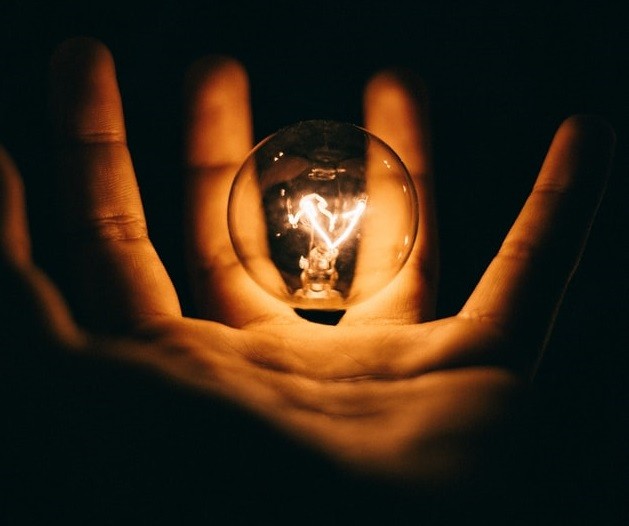
Light therapy, otherwise known as phototherapy, is the therapeutic exposure to light. This exposure may be to sunlight or to artificial lights that replicate the effect of the sun. By exposing people to this form of light, it is possible to alleviate Seasonal Affective Disorder (SAD), other forms of depression, and minimise the effects of jet lag. It may also treat some types of insomnia.
The Role of Light in the Sleep/Wake Cycle
Light is responsible for the sleep/wake cycle in humans. The need to sleep is governed by the hormone, melatonin, which is secreted by the pineal gland. In the evening, the pineal gland sense the lowering levels of lights and reacts to this by creating melatonin. The melatonin is then released into the bloodstream, making the person feel sleepy. The levels of melatonin are highest in the middle of the night when we are deep in sleep. In the morning, the rising sunlight triggers the pineal gland to stop releasing melatonin and thus waking the body.
People need adequate amounts of daylight in order to synchronise their circadian and circannual rhythms. SAD is an excellent example of this as it has symptoms including depression, disturbed sleep patterns, appetite and weight disorders, which present on a daily and yearly basis. In SAD, the symptoms are worst in winter when there is the least amount of daylight, and also in the evening, when there is no light.
How Much Light Do We Need?
Due to today’s increasingly busy lifestyle, many people are now spending more time in artificial light and not getting enough sunlight. Regular artificial light is not strong enough to substitute for sunlight and this is because it cannot stimulate the hormonal mechanisms that control the bodily rhythms and processes.
The strength of light is measured in a unit called a “lux” and the strength of light is measured not only by the strength of the light itself but how far it is from the source. Artificial light used in homes and the workplace is rarely stronger than 500 lux. It has been determined that at least 2500 lux is needed to stop the production of melatonin. Light therapy uses light that is at least 5000 lux and preferably 10,000 lux.
Types of Light Therapy
The sun is the best source of full spectrum light. Full spectrum light is light that contains all of the possible light wavelengths, from infrared right through to ultraviolet. Light therapy generally uses lights that are full spectrum or that give off bright white light.
Even though both types of light can be used, the purpose of light therapy is to increase the amount of light to levels beyond that of which a person would normally be exposed to. Light therapy involves looking at special lights for a period of between one and a half to three hours, usually in the early morning. However, you should not look directly into the lights.
Because a significant amount of light needs to enter the eyes, the distance of the lights needs to be close enough to provide optimum levels of light but far enough away so that the eyes are not hurt.
Types of Lights and Light Boxes used in Light Therapy
There are three types of lights and light boxes.
- Full spectrum lights – these are made to imitate natural sunlight and, as so, they also produce UV rays. Full spectrum light has a purple or bluish tint.
- Ultraviolet light – studies have shown that UV light is not an essential part of light therapy, as lights that emit zero to little UV are just as effective. Many light box manufacturers now provide shields to block the UV.
- Broad spectrum light boxes – these are as close as you can get to full spectrum lights without the UV rays. These have a pure white light.
Potential Side Effects of Light Therapy
Light therapy is very safe and side effects are very rare, and usually not dangerous. If there are any side effects, they are extremely likely to be temporary and can be fixed by reducing the length of exposure. Some common side effects when beginning light therapy include:
- headaches
- eye irritation
- slight nausea
These usually subside after a few sessions. A much rarer side effect is a switch to an “overactive state”, in which a person may have trouble sleeping, feel restless or irritable, or feel “high”.
Light therapy should not be used by people with eye disorders such as glaucoma, cataracts, retinal detachment or retinopathy. People that have eye disease in their family, or suffer from hypertension or diabetes should seek advice from a medical professional before beginning treatment.
Other Disorders Light Therapy Can Treat
As well as treating SAD, light therapy may be useful for other conditions. It may help with early morning insomnia, night owl insomnia, jet lag, late shift tiredness and non seasonal depression.
|
Do you have a natural health & wellness business? |








